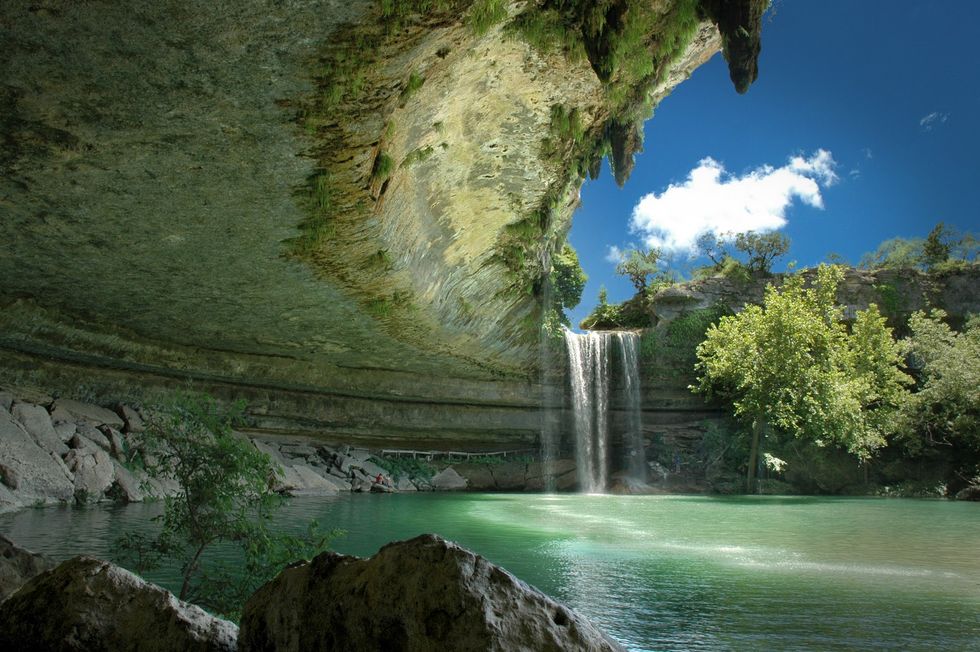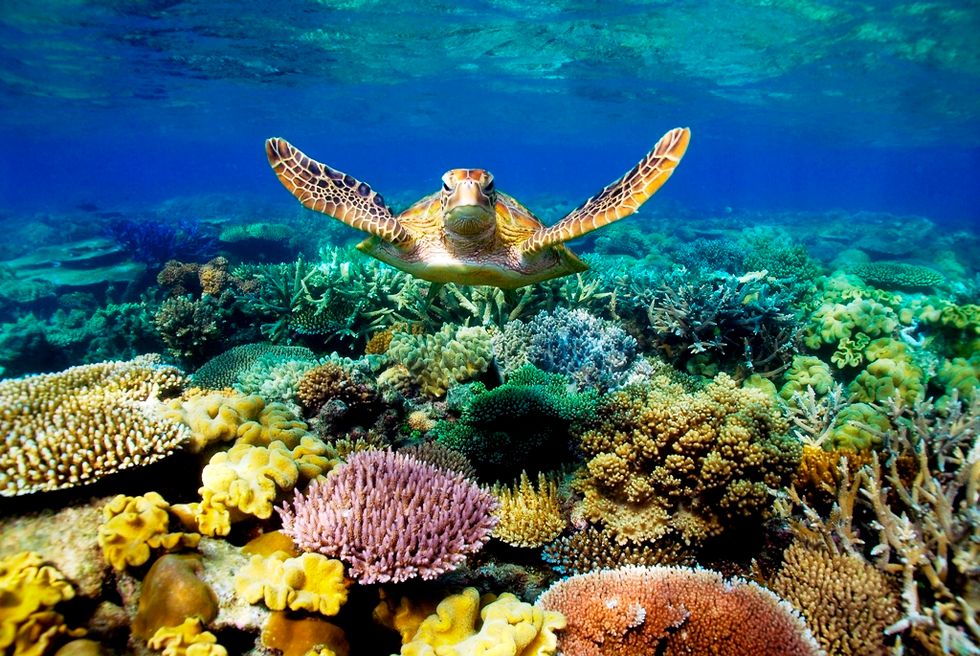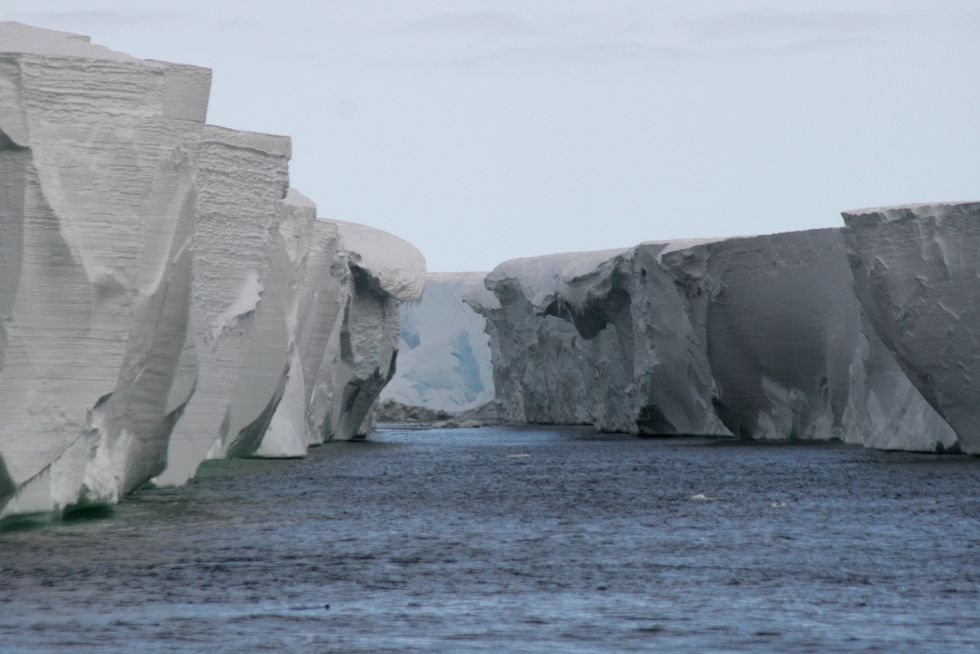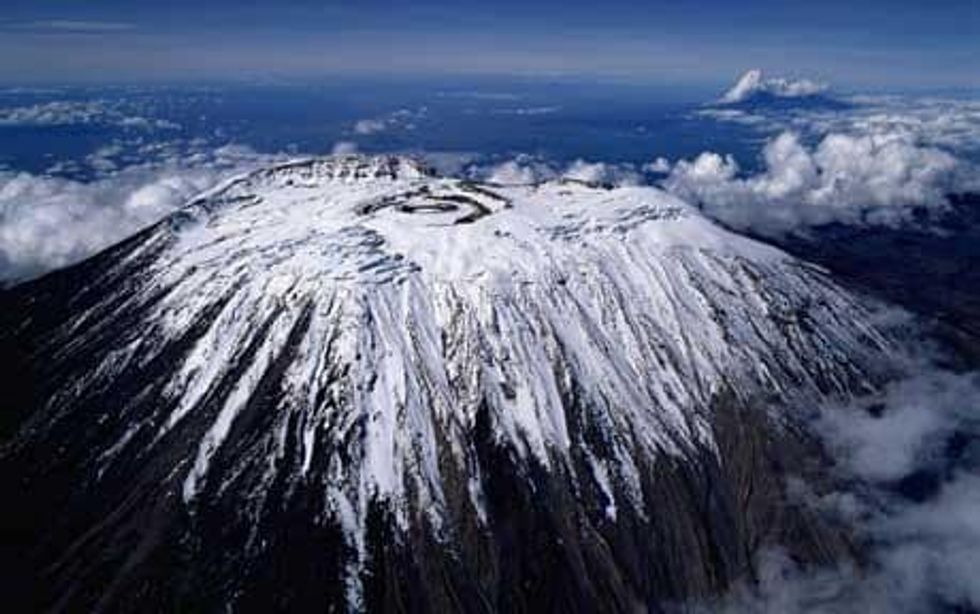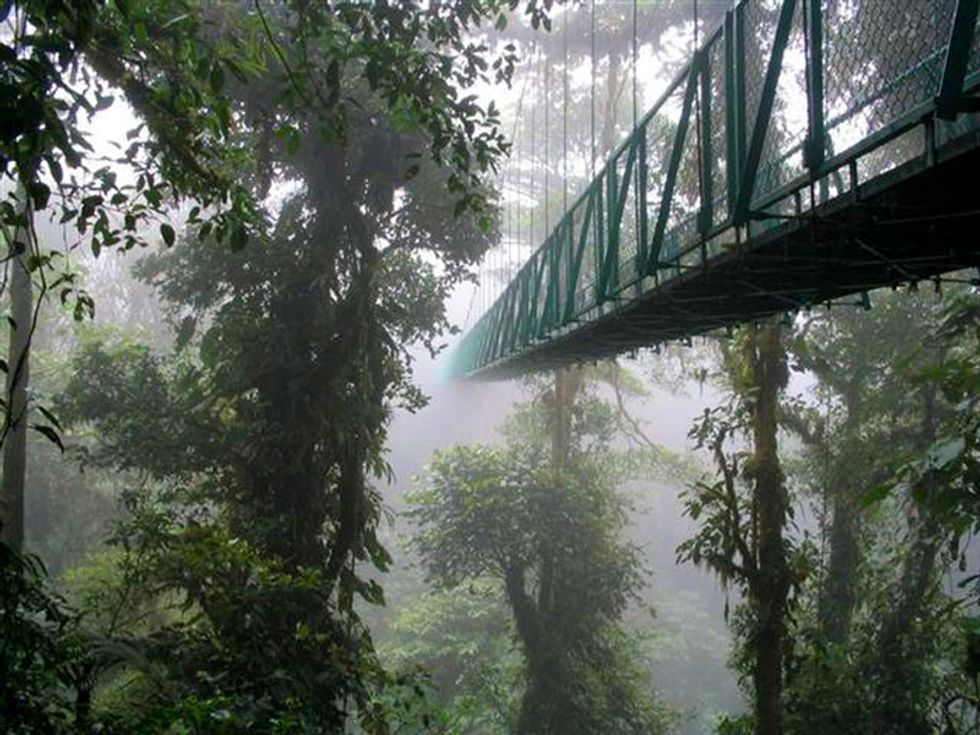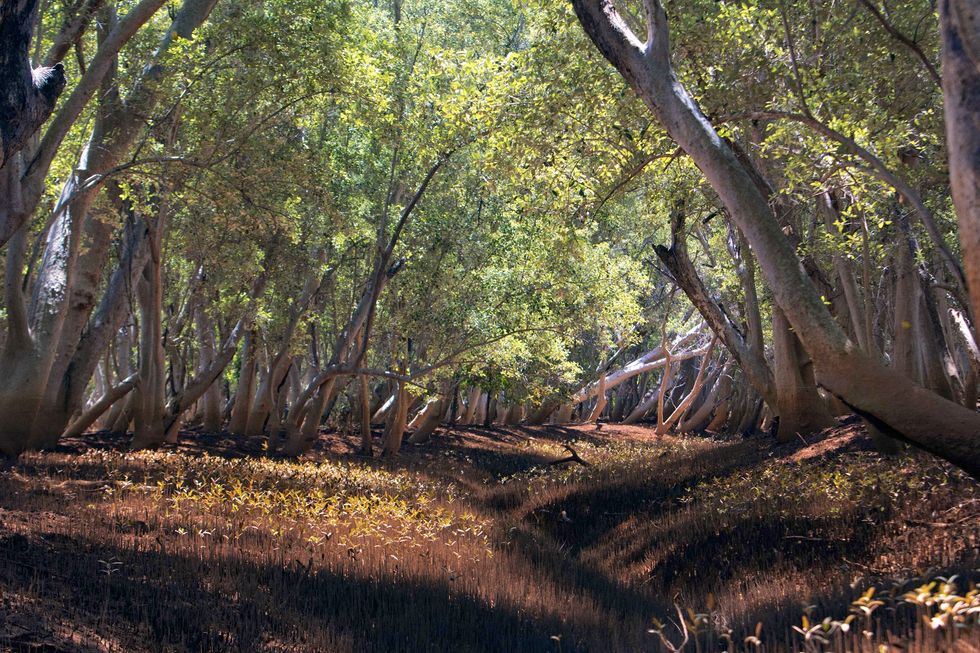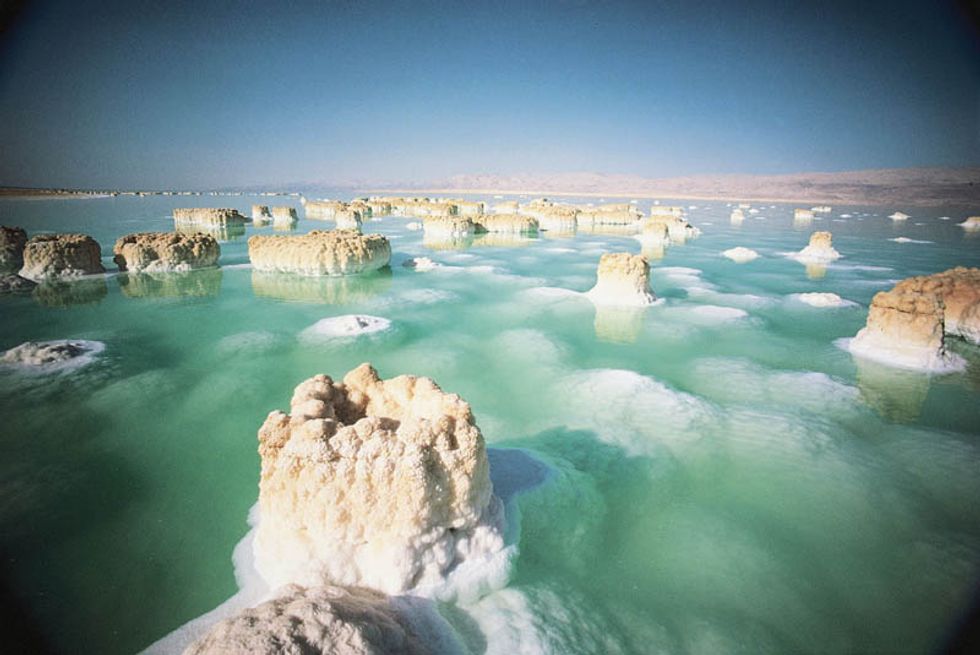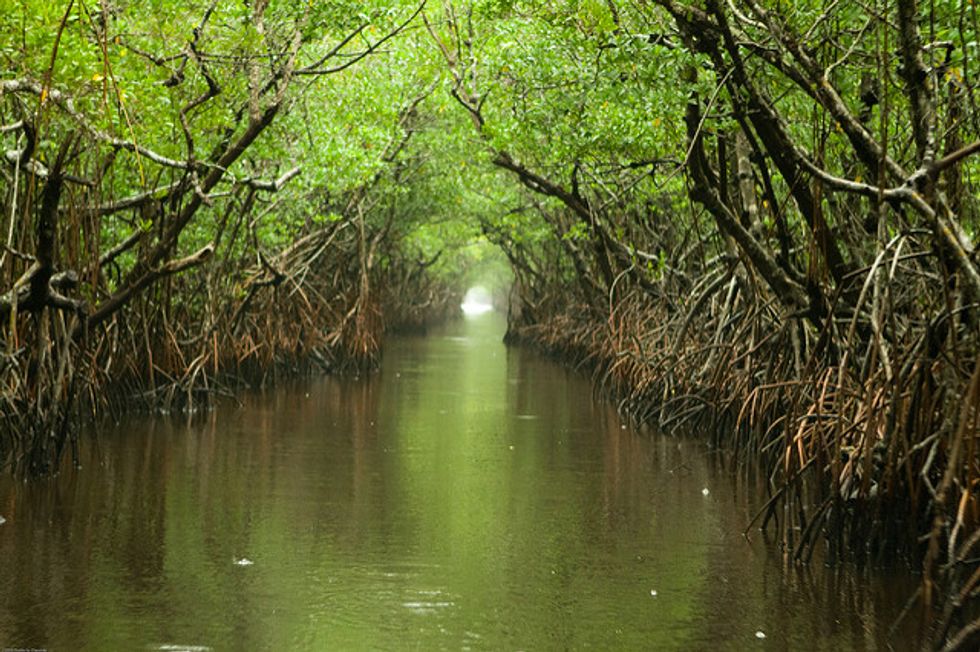For those who were unaware, Earth Day was April 22nd. I saw many people posting snapchat filters preaching "Save Our Earth" or "Protect the Planet", but are they actually doing anything to help? Did you know that without a drastic change some of the worlds most beautiful landmarks will soon disappear?
1. The Great Barrier Reef
Located in Australia, this amazing ecosystem that was once roughly the size of Japan, is now on its way to death. Due to ocean acidification and increase in water temperature,The Australian Conservation Foundation claims that by 2030 97 percent of the Great Barrier Reef could be bleached and lifeless.
2. The Ross Ice Shelf
Located in Antarctica, this floating sheet of ice covers over 302,000 miles!!! It is a huge source of freshwater and is unfortunately located in one of the fastest warming regions on the planet.
3. Mount Kilimanjaro
Located in Tanzania, despite being a volcano, Mt Kilimanjaro has a glacier at the summit. The iconic snows are melting and if global warming continues at this rate, it will soon be gone.
4. Monteverde Cloud Forest
Located in Costa Rica, this tropical cloud forest is a top tourist destination. The cloud forest ecosystem has developed only in certain places where the trade winds, altitude, and weather patterns are just right. Low cloudbanks form over the mountains such that the forest is actually immersed in clouds much of the time. When this happens, the relative humidity is 100% making cloud forests exceedingly wet places. But warmer climates are driving clouds further up mountainsides, thus exposing the lush rainforest and drying them out.
5. Mahajamba Bay
Located in Madagascar, Mahajamba bay is the largest mangrove forest in the world, but is in danger of drowning. The shelter is in danger from mass coastal development and rising sea levels. This has the potential to overwhelm the Mahajamba Bay mangroves and completely destroy them.
6. The Dead Sea
Located in Israel, Jordan, and Palestine, the dead sea is a salt lake whose banks are more than 400m below sea level, the lowest point on dry land. In the last few decades, the Dead Sea has shrunk by a third and sunk 80 feet.The Jordan River is the lake's sole source, and as surrounding countries increasingly tap its waters, little reaches the Dead Sea, which could disappear within 50 years.
7. The Everglades
Located in my home, Florida, the Everglades is the largest subtropical wilderness in the United States. Factors such as invasive species, farming run-off, and that over 60 percent of the region's water is being diverted to nearby cities and farms has made the ecosystem shrink in half in the past 100 years. Not to mention, the Everglades is home to several endangered species such as the Florida panther which there are only 100 left of in the wild.
So take action. Recycle, cut as much seafood out of your diet as possible and remember that the biggest threat to our planet is the belief that someone else will save it.

